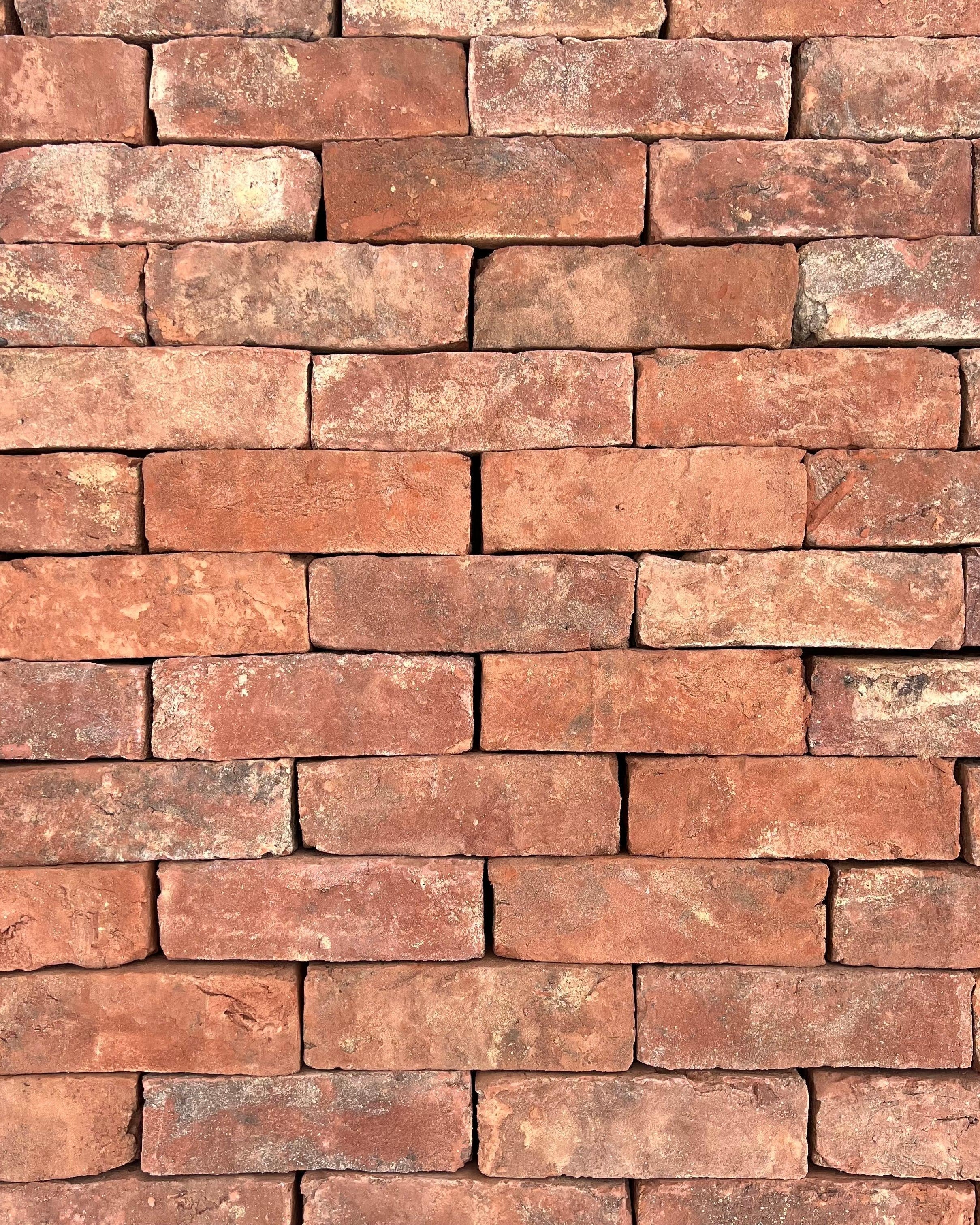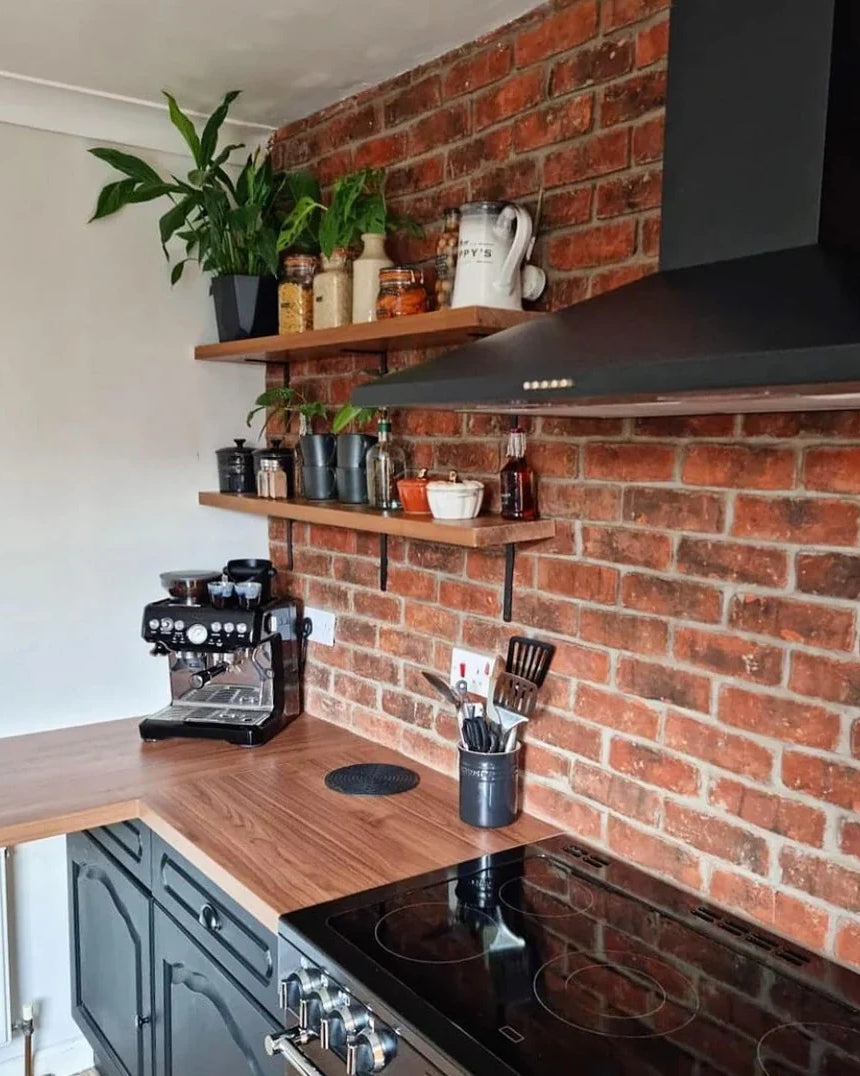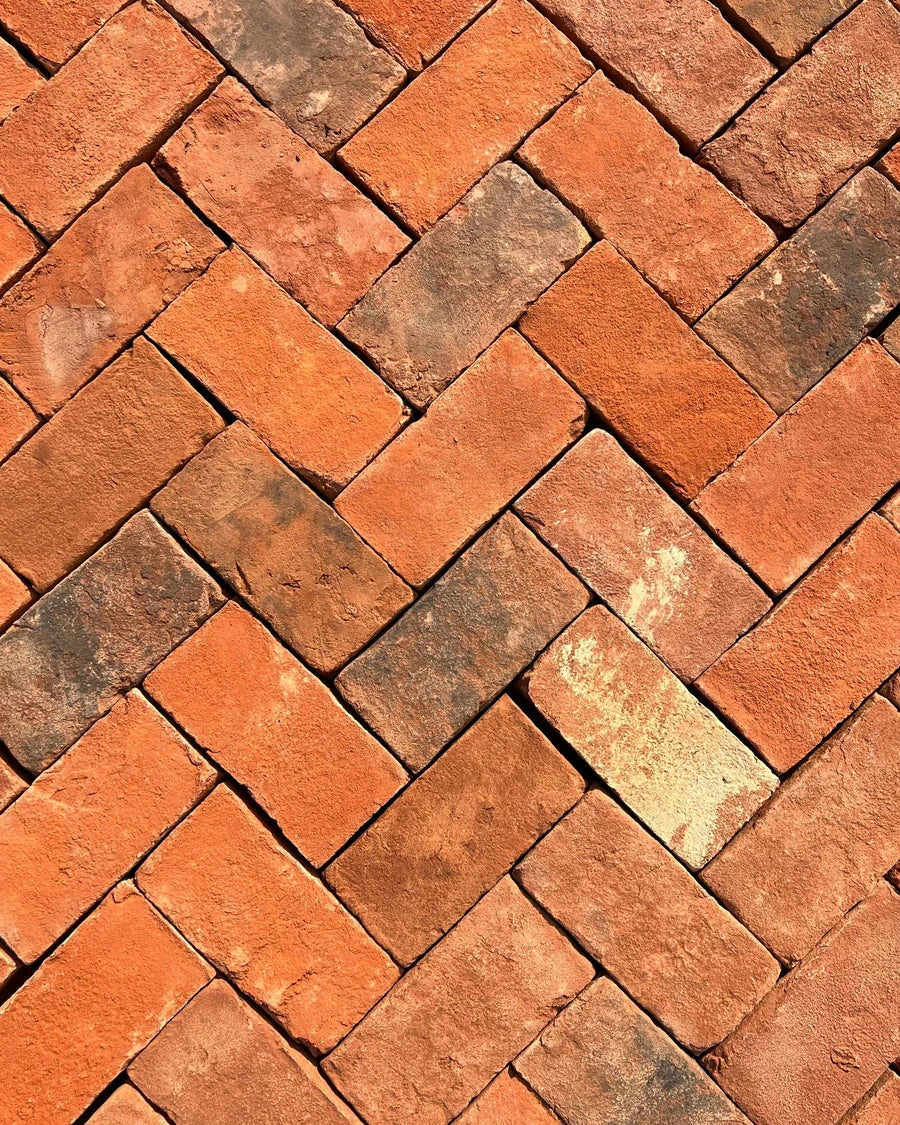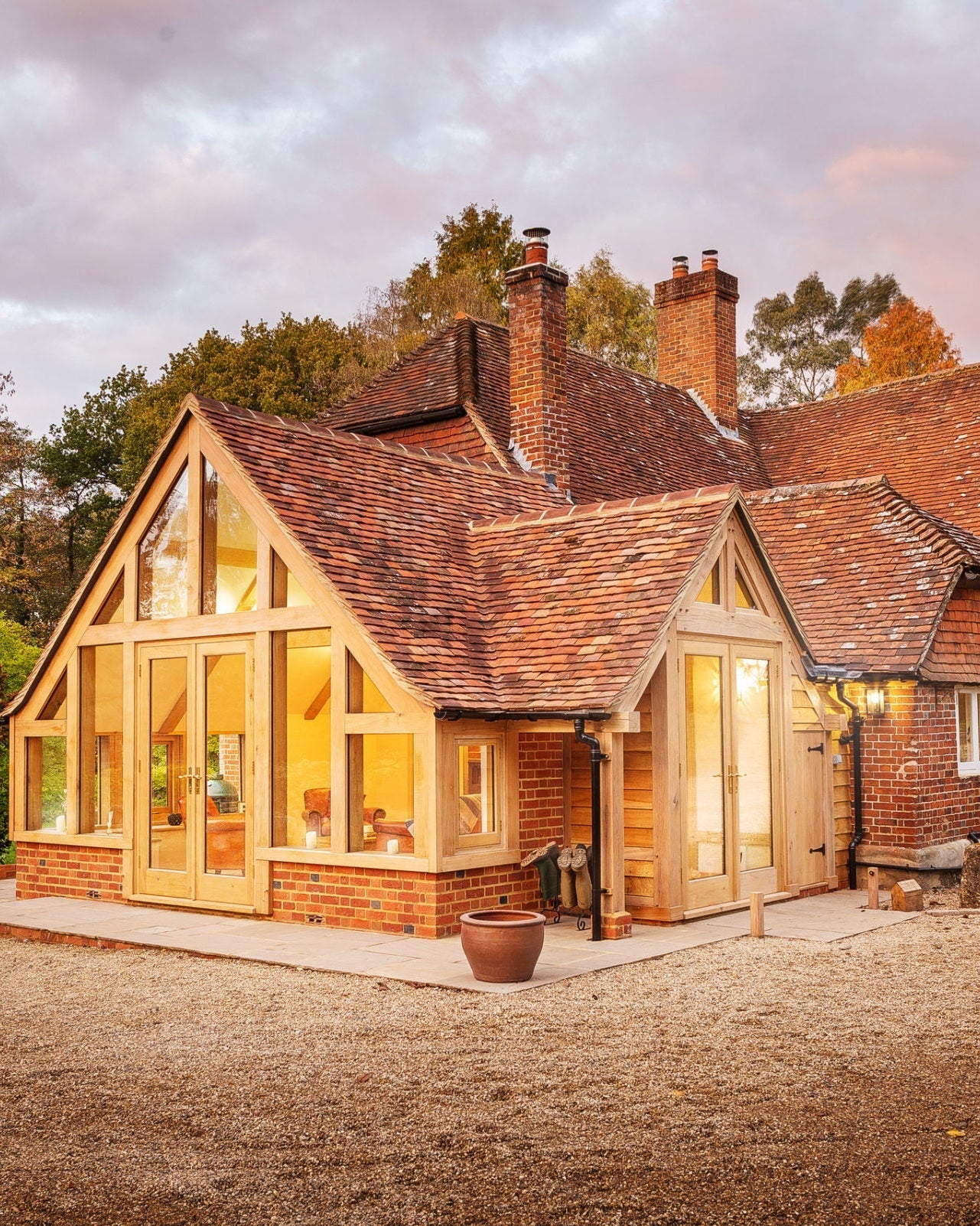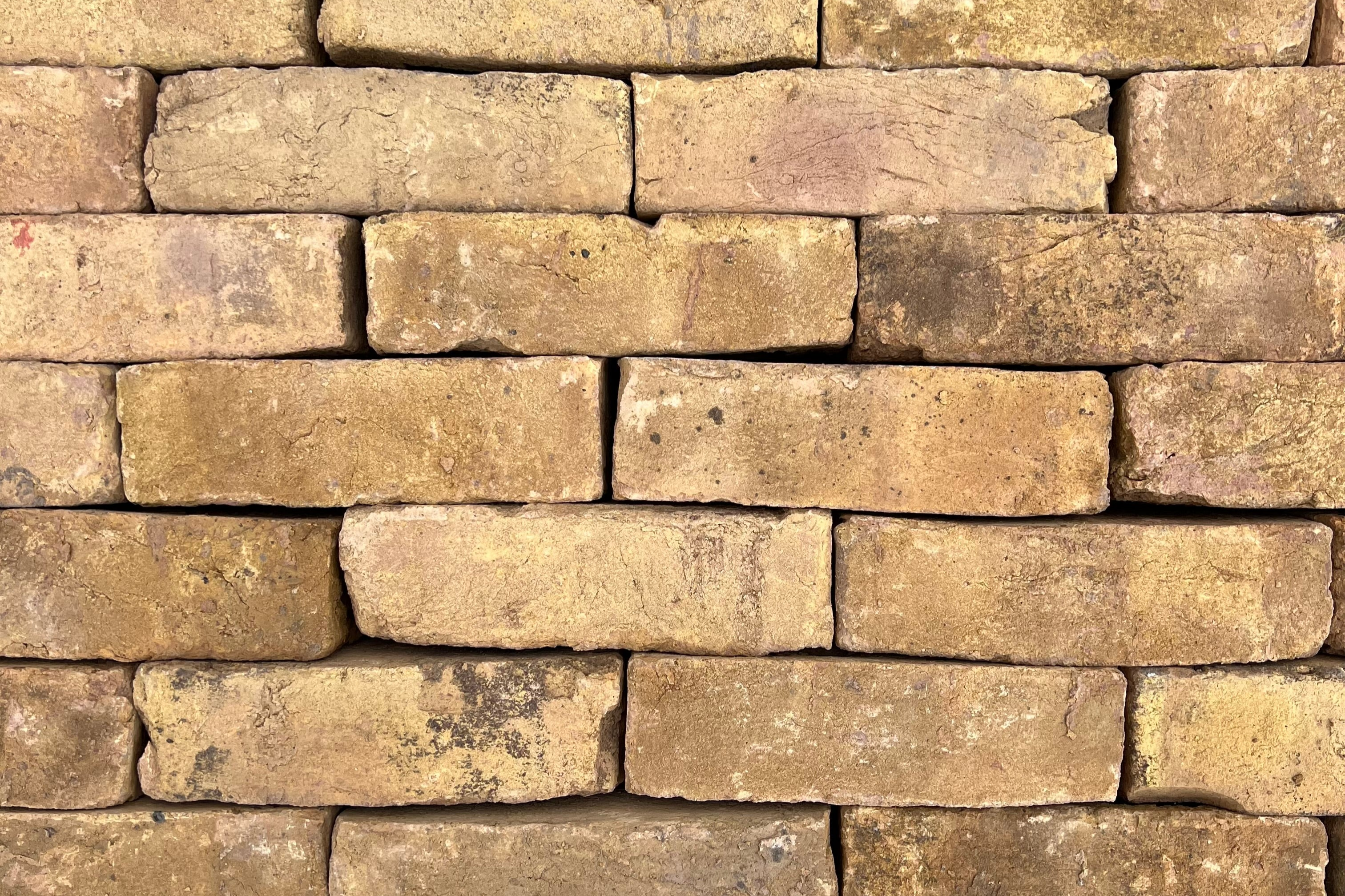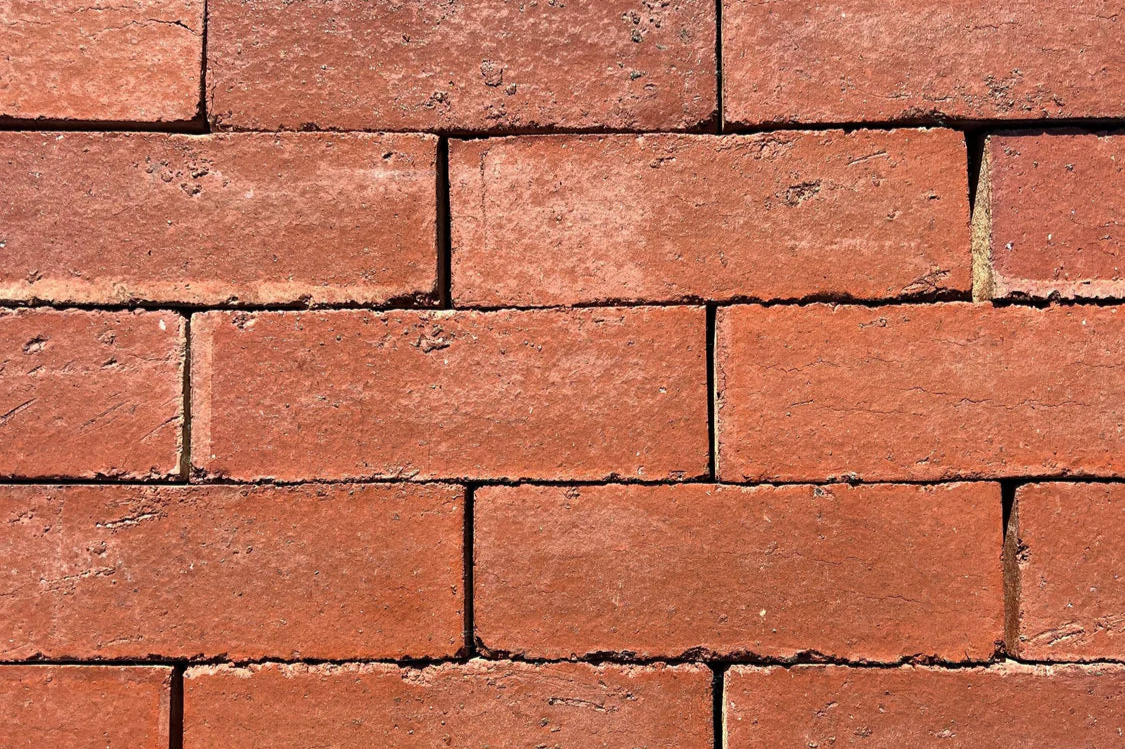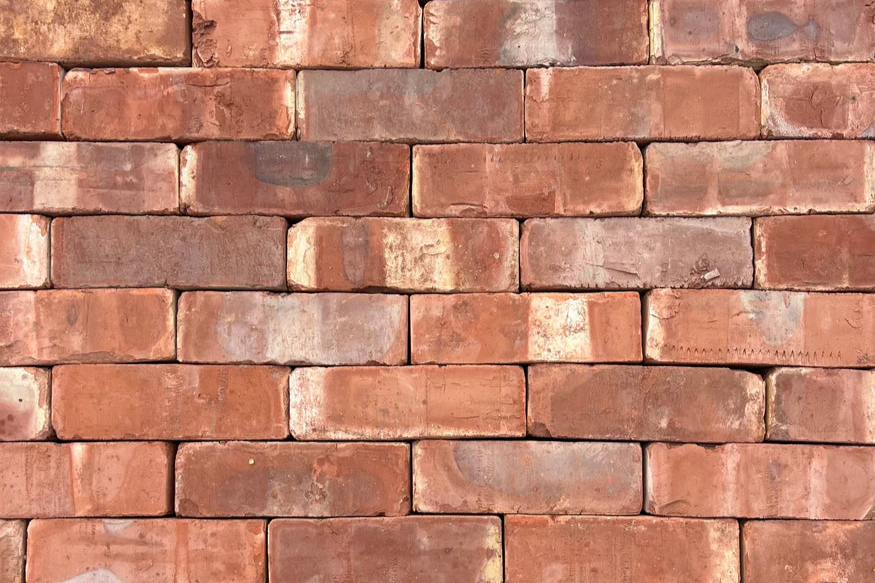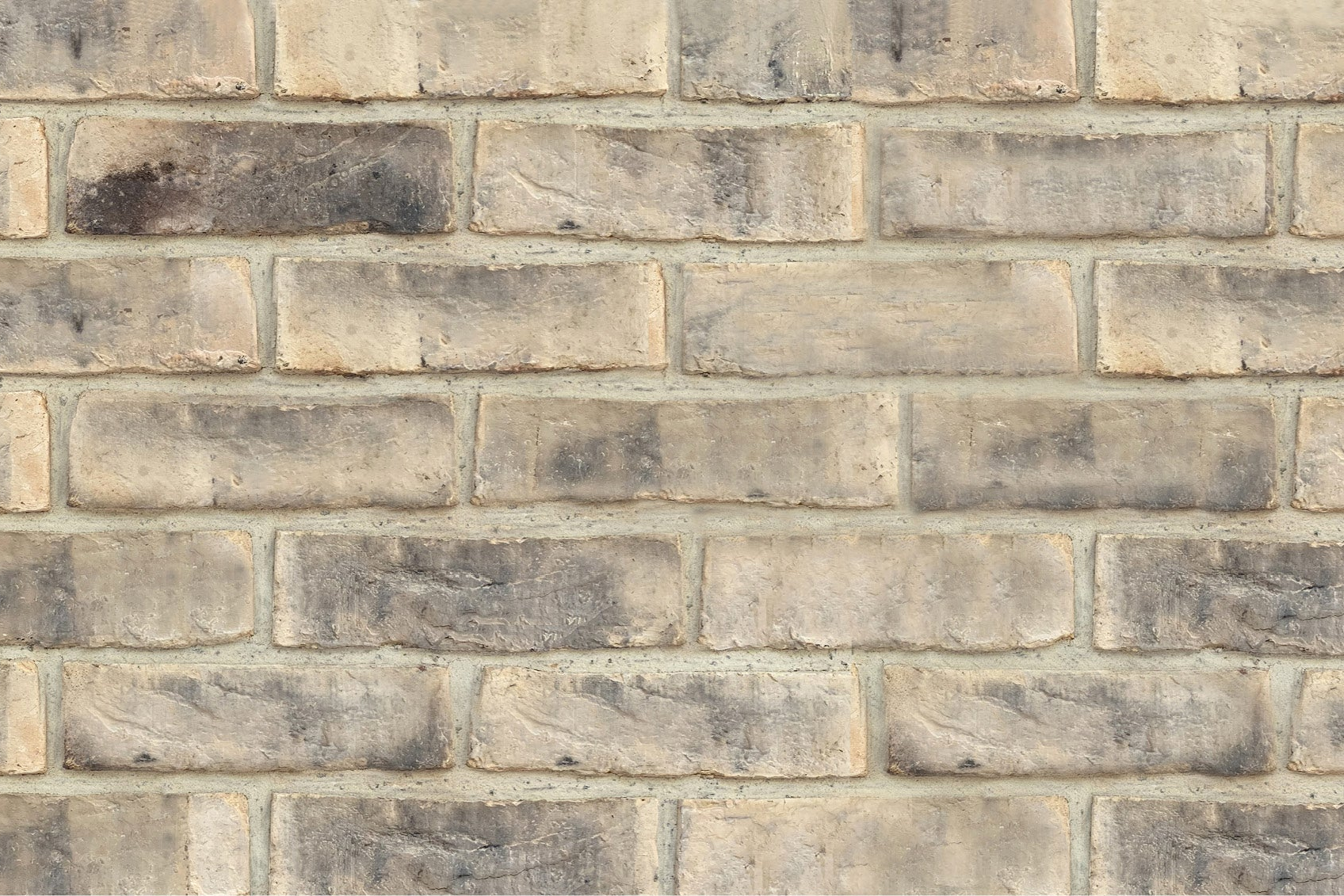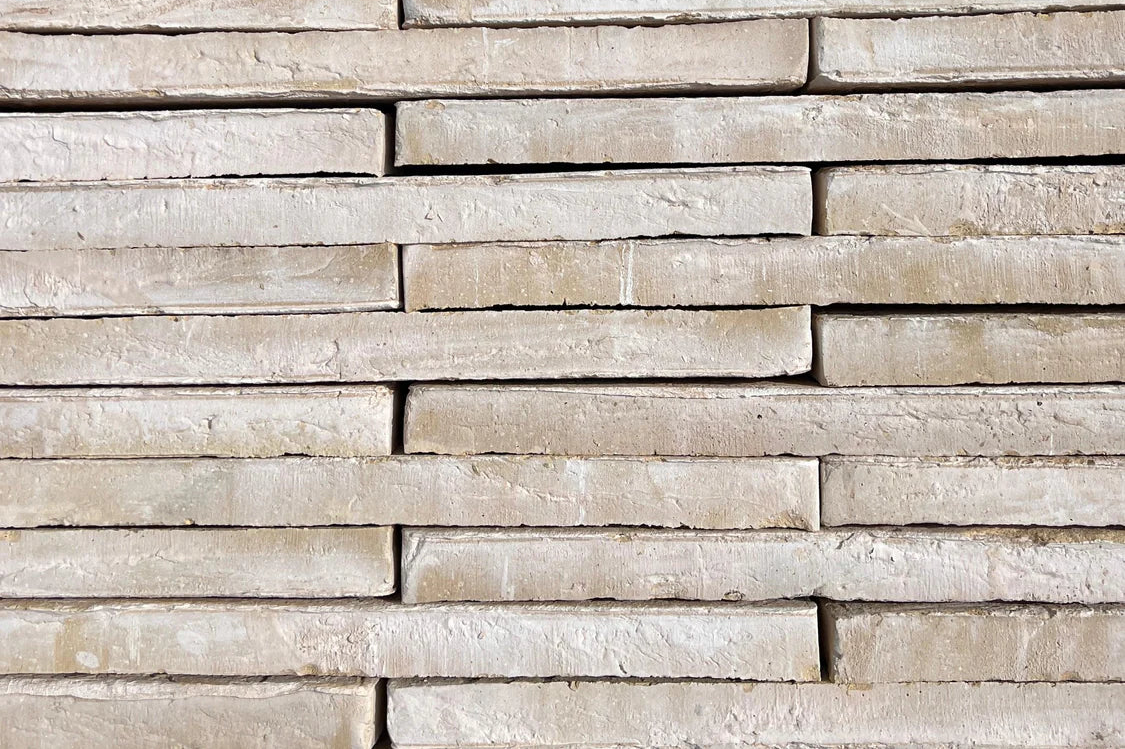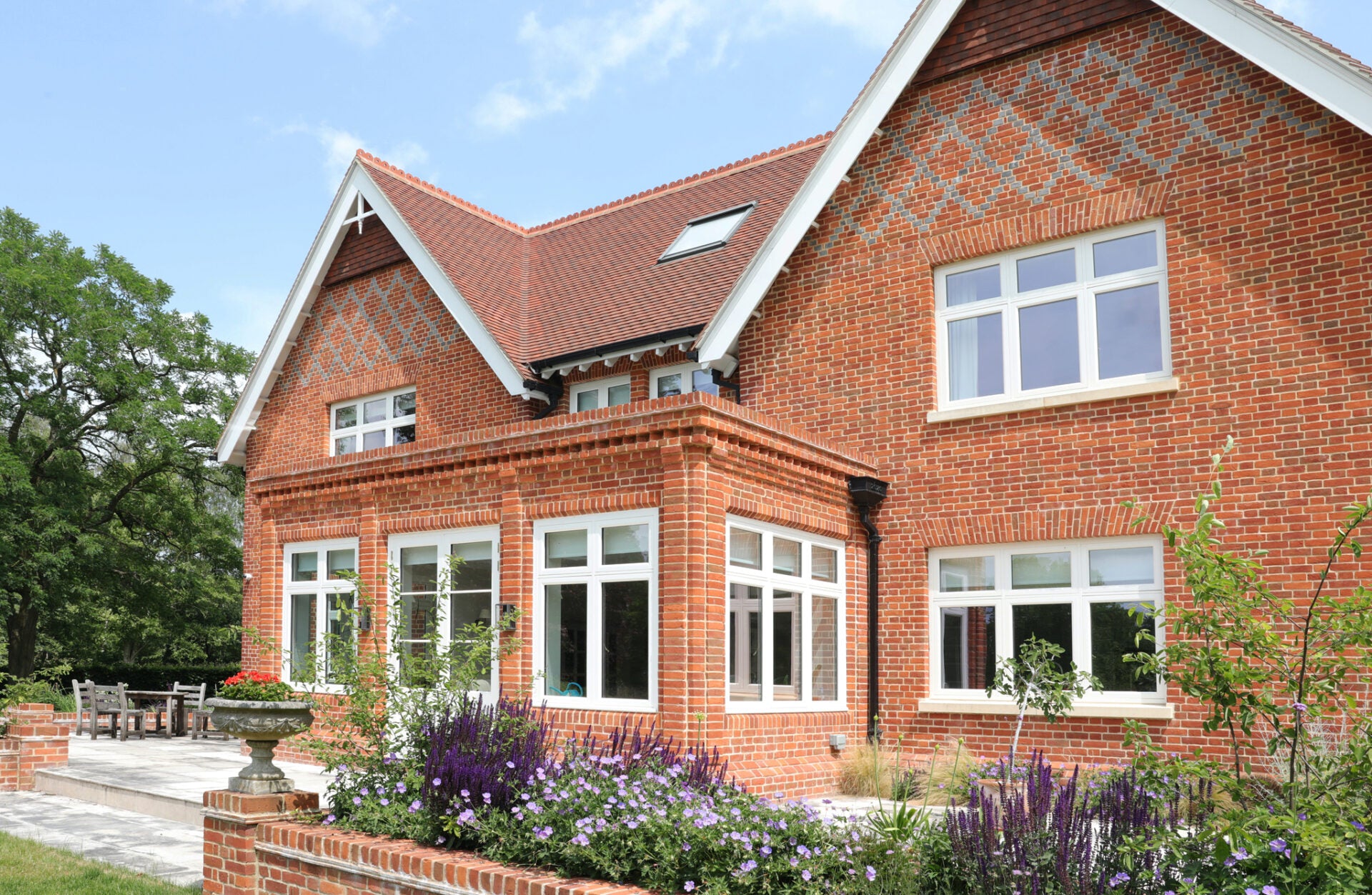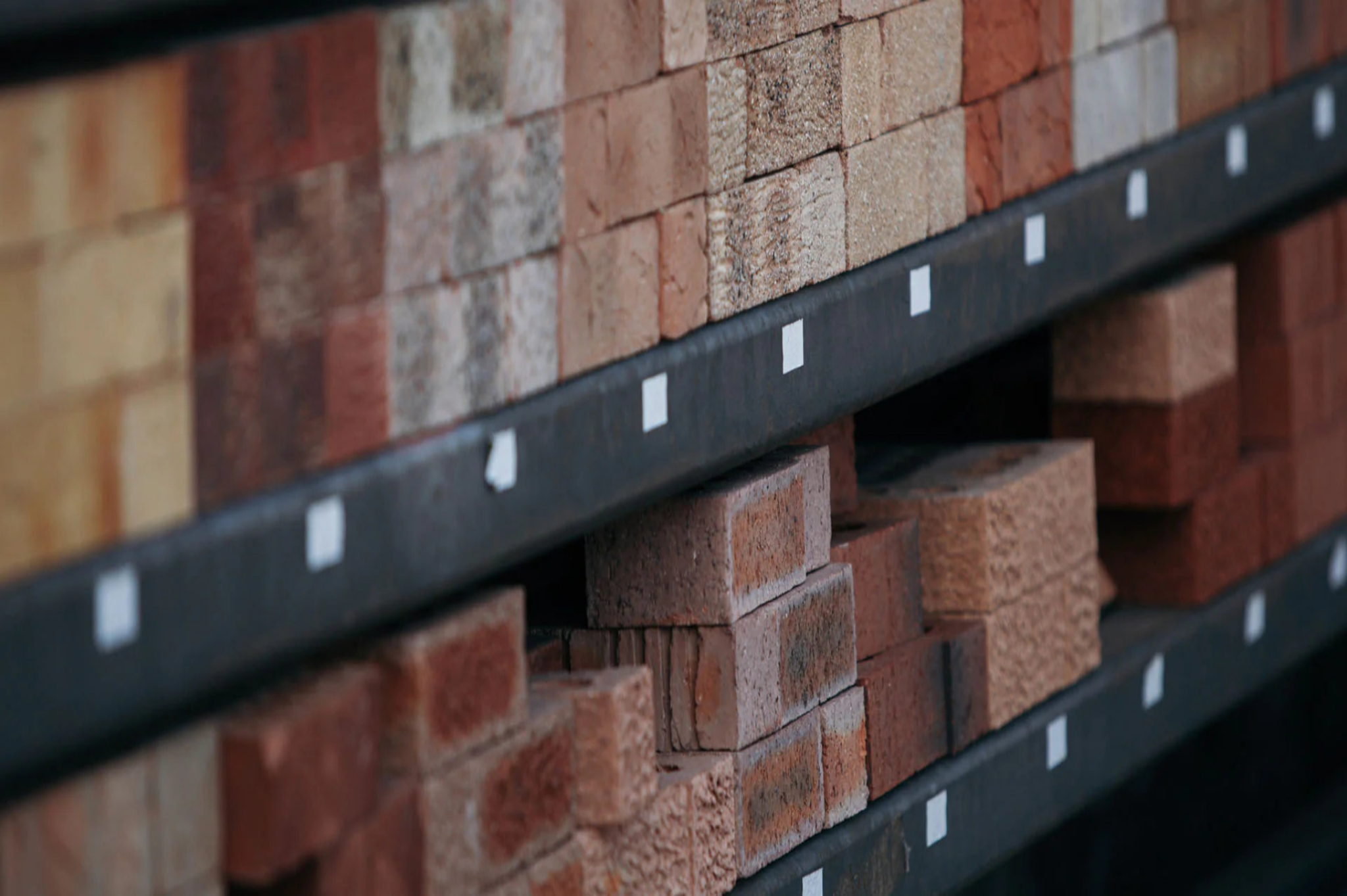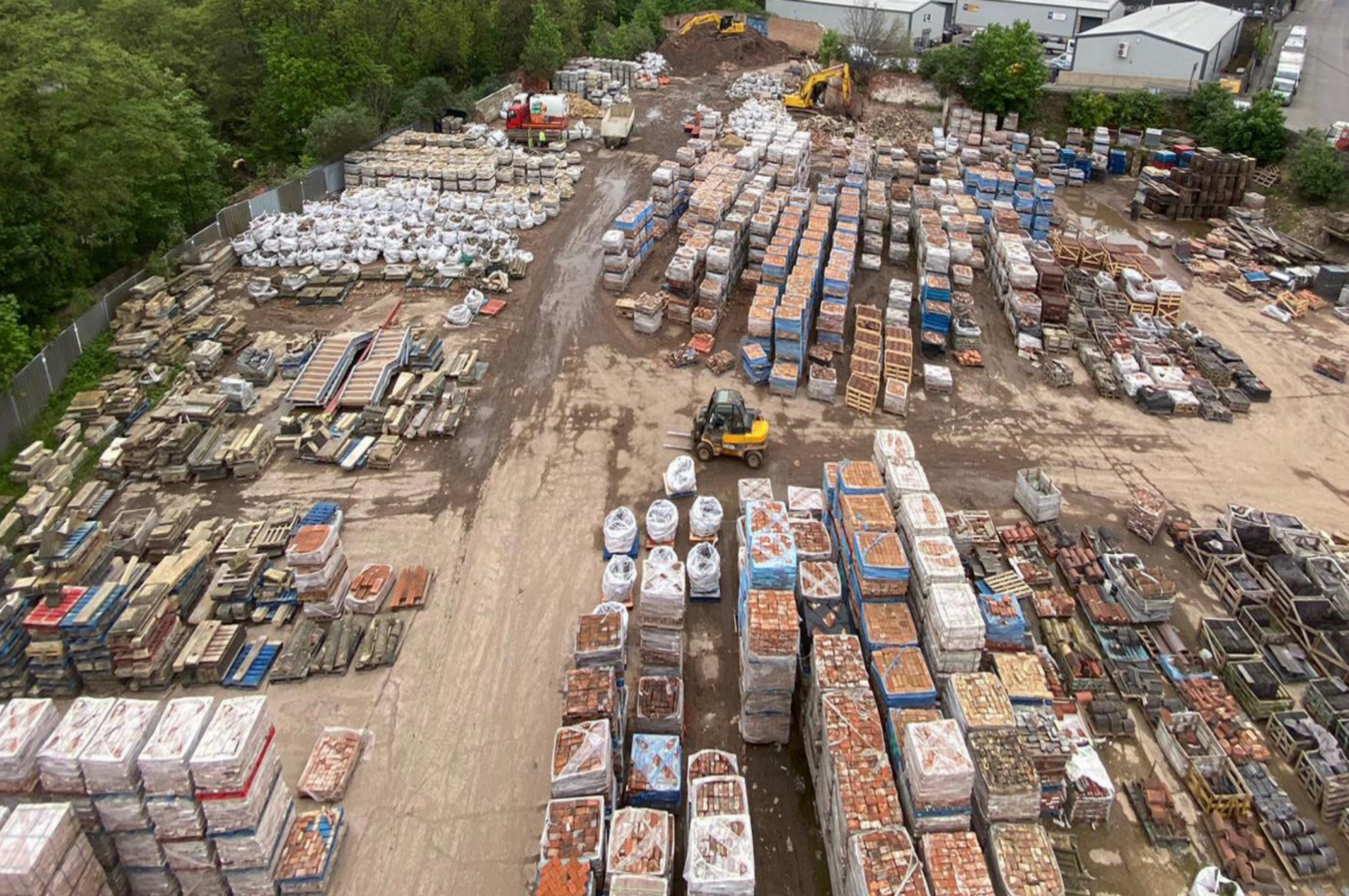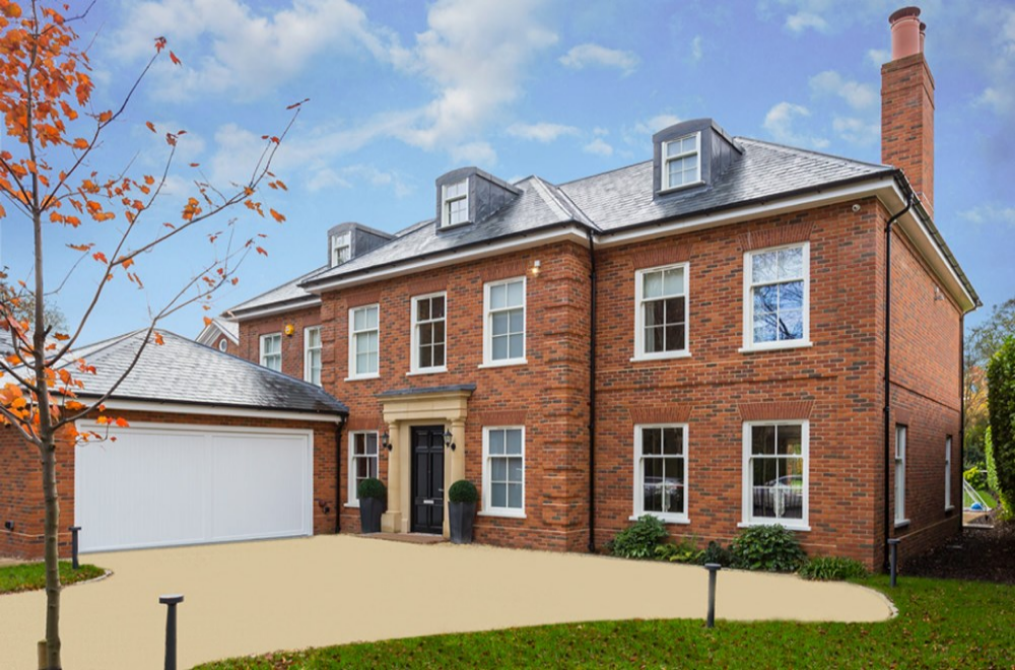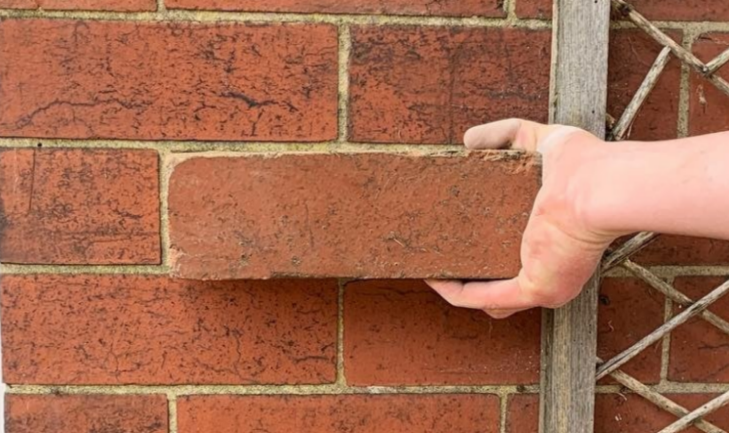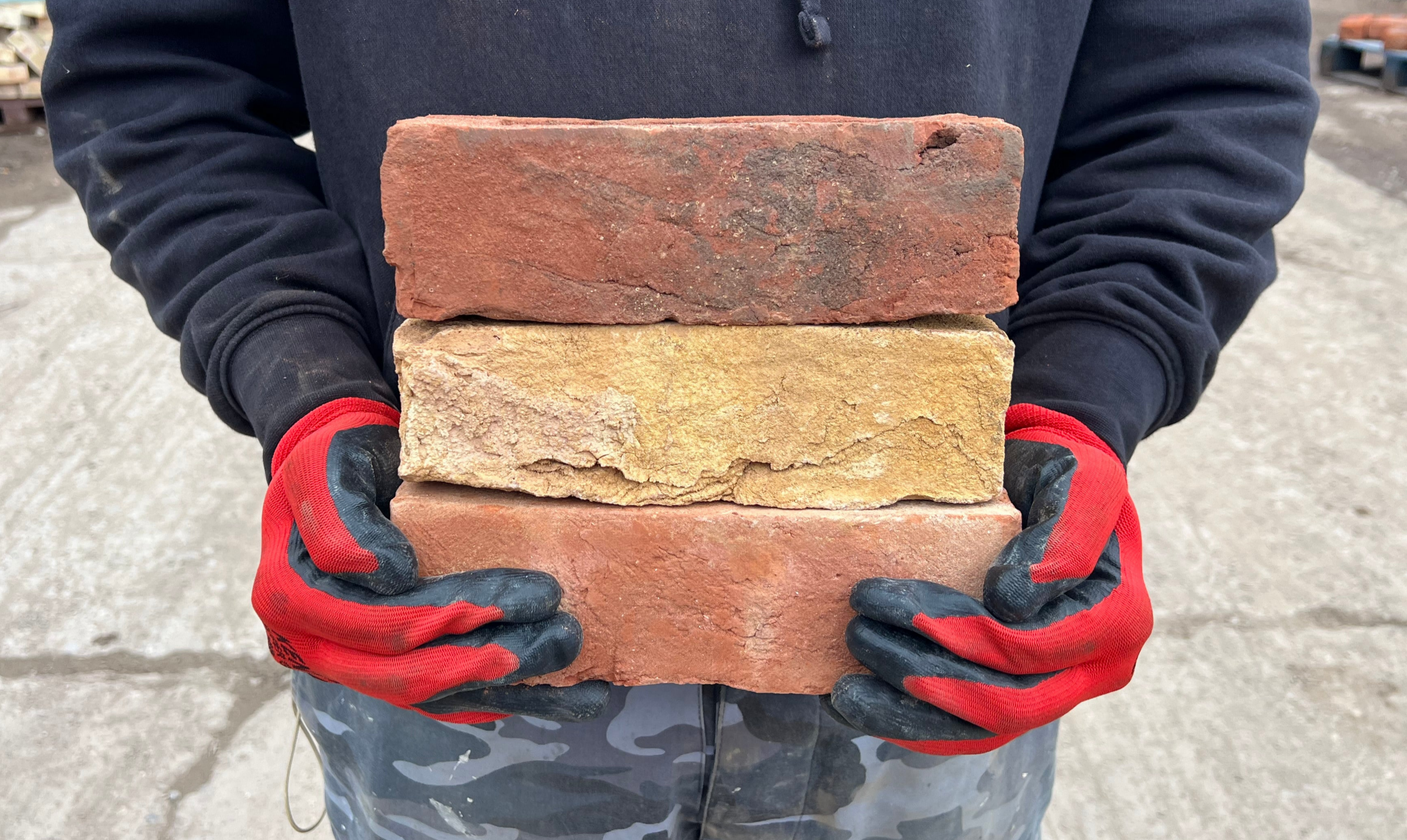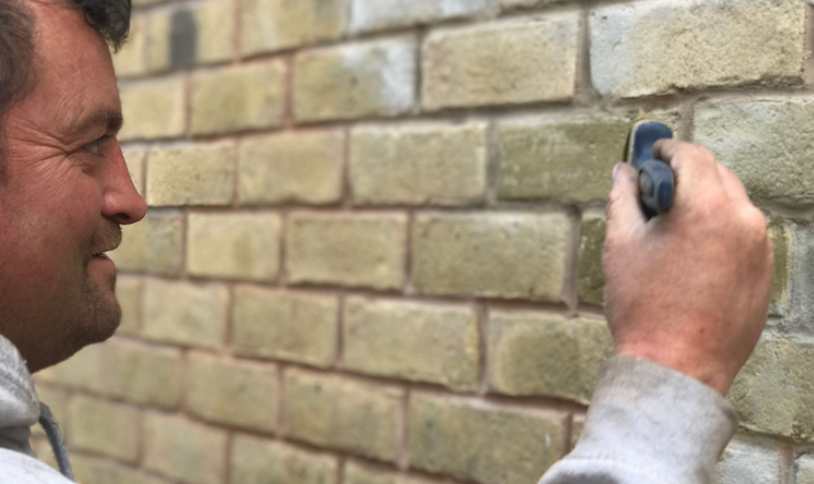Remove Paint Off Old Brick Walls
How to remove paint off old brick walls - When restoring period properties or working with reclaimed materials, it’s common to encounter old brick walls that have been coated with layers of paint over the years. How to Remove Paint Off Old Brick Walls ?
While the idea of freshening up a building with paint was once popular, today many homeowners and conservationists prefer to expose the natural character of heritage bricks.
Removing paint from old brickwork, however, isn't as straightforward as peeling off wallpaper. Bricks are porous, fragile, and easily damaged if handled incorrectly.
In this guide, we’ll explain how to remove paint safely, the methods to use, the mistakes to avoid, and when it’s best to seek professional help.
Why Removing Paint Requires Care
Old bricks, particularly those made before the 20th century, were fired at lower temperatures than modern bricks, making them softer and more porous.
This means they can easily suffer surface damage, spalling, or water absorption problems if inappropriate methods are used.
Additionally, many heritage bricks have historical or architectural significance. Over-zealous cleaning can permanently strip away centuries of character — and in some cases, reduce the structural integrity of the wall.
If you’re dealing with reclaimed bricks or a heritage restoration project, always approach paint removal cautiously to preserve as much of the original material as possible.

(Related reading: Explore our Brick Collection)
Safe Methods to Remove Paint from Old Brickwork
There’s no “one size fits all” solution — the right method depends on the age, condition, and type of brick. However, here are the safest and most effective techniques:
1. Gentle Scraping
For small areas or peeling paint:
-
Use a handheld scraper, putty knife, or stiff-bristled brush.
-
Work carefully to lift the paint without digging into the brick face.
-
Avoid metal wire brushes, which can gouge or scar soft bricks.
Scraping is often a good starting point before moving on to chemical methods.
2. Eco-Friendly Chemical Paint Removers
Modern biodegradable paint removers are a better choice than harsh industrial strippers.
-
Look for low-toxicity, brick-safe products.
-
Apply the remover, allow it to soften the paint, and then gently scrape or wash away.
-
Always test a small area first to check how the brick reacts.
Some chemical removers are specially formulated to work with historic masonry, protecting the bricks while breaking down old paint layers.
3. Low-Pressure Washing
Water can help loosen paint, but high-pressure jet washing is NOT recommended for old bricks.
Instead:
-
Use a low-pressure hose or steam cleaning if available.
-
Soften the paint after applying a remover, then gently wash it off.
-
Always direct water flow downward to prevent driving moisture into mortar joints.
If using water, ensure the bricks have plenty of time to dry naturally afterward to avoid trapping moisture within the wall.
Learn more: Brick Cleaning Tips for Period Homes
What to Avoid When Removing Paint from Brick Walls
❌ Sandblasting
Sandblasting might seem quick and effective, but it erodes the surface of the bricks, leaving them permanently rough and exposed to weather damage.
Many conservation organisations explicitly warn against its use on heritage brickwork.
❌ Harsh Chemical Strippers
Industrial-grade strippers (especially acidic ones) can:
-
Etch the brick surface,
-
Weaken mortar joints,
-
Leave behind salts that cause efflorescence (white staining).
Always opt for products intended specifically for historic masonry.
❌ Over-wetting and Inadequate Drying
Soaking old bricks can trap water inside, leading to:
-
Damp issues,
-
Freeze-thaw damage in colder months,
-
Growth of mould or algae.
Apply water sparingly, and allow plenty of drying time between treatments.
When to Call a Professional
While minor paint removal can be a DIY task, there are situations where professional help is essential:
-
Listed Buildings: If your property is listed, any work affecting its fabric usually requires permission.
Professionals experienced with heritage properties can ensure the correct approvals and methods are used. -
Heavy Paint Build-Up: Multiple thick layers of old paint (especially oil-based paints) often require specialist chemical treatments.
-
Fragile Brickwork: Bricks showing signs of previous damage, spalling, or crumbling need an expert approach to avoid further harm.
A professional can also advise on repointing, surface treatments, or replacing bricks where necessary to restore the original beauty of the wall.
Final Thoughts: Patience is Key
Restoring the natural beauty of old brickwork is a slow and careful process, but it’s incredibly rewarding.
Taking your time to research the right products and methods will protect your building’s history and charm for generations to come.
At Heritage Brick Company, we’re passionate about preserving Britain’s architectural legacy.
If you need advice on choosing reclaimed bricks, brick cleaning products, or sourcing matching replacements, we’re always happy to help.
Get in touch with us today — your walls will thank you!
Ref HBC-B-4

